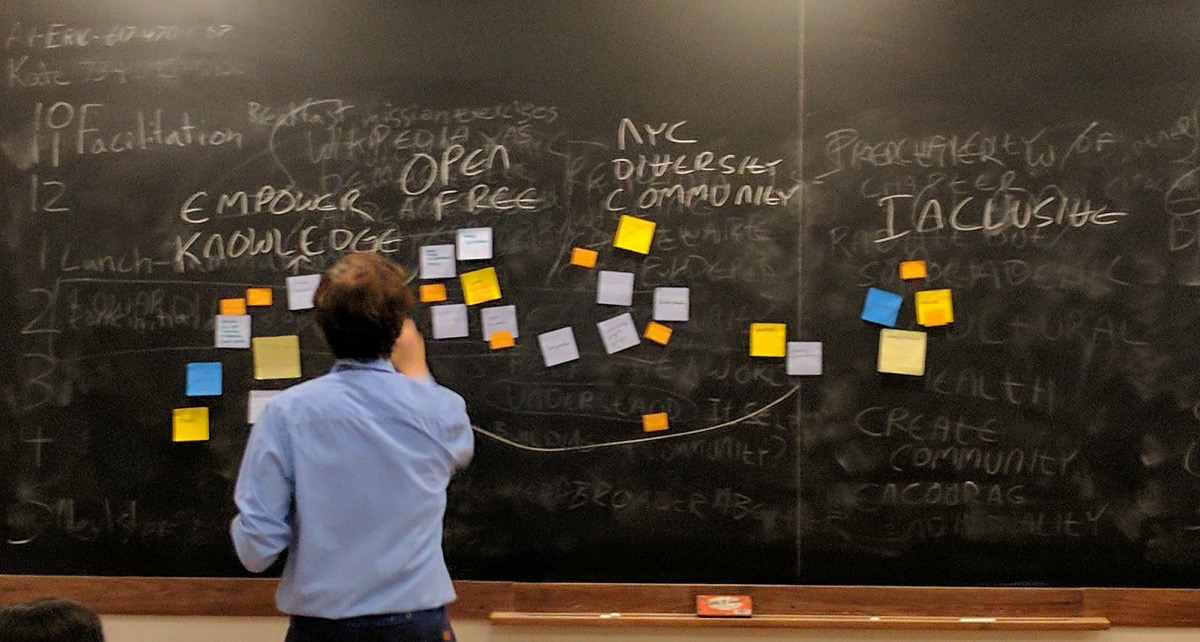
Inclusive teaching aims to provide each learner with equal access to learning, to feel respected and valued for their diverse abilities. An inclusive classroom is where every student is treated equitably. This can be done using methods, strategies and materials that are diverse (related to race ethnicity, gender, sexual orientation, culture, religion, mental and physical ability, and socio-economic status), and also accessible (limiting barriers of access to all students).
Below are a few tips and resources for creating a more inclusive classroom environment.
- Providing multiple means of representation: This can include providing materials in multiple formats (e.g., text, audio, video, and images), captioning videos, and providing transcripts for audio content.
- Providing multiple means of engagement: This can include providing opportunities for students to work in small groups, collaborate on projects, participate in discussions, and complete interactive activities.
- Providing multiple means of action and expression: This can include providing opportunities for students to demonstrate their understanding in a variety of ways, such as through written assignments, oral presentations, and online quizzes.
- Providing a welcoming and inclusive online environment: This can include creating a safe space for all students to participate, encouraging diverse perspectives, and actively working to create an environment where all students feel included and valued.
- Accessibility: Providing accessibility features such as keyboard navigation, high contrast, and text-to-speech to make sure that the content is accessible to all students, including those with disabilities.
- Flexibility: Offering flexible options for when, where and how students complete assignments and assessments, such as online assignments, can accommodate different student preferences and time zones.
- Cultural sensitivity: Being aware of cultural differences and providing information and resources for international students to help them navigate the cultural differences and expectations of the online course.
Culturally Responsive Pedagogy:
Making Americans: Schooling, Diversity, and Assimilation in the Twenty-First Century
https://doi.org/10.7758/rsf.2018.4.5.05
Social Emotional Learning and Culturally Responsive and Sustaining Teaching Practices
https://www.jstor.org/stable/26841573Tips for Professors: 8 Strategies to Foster Equity in the Classroom:Equity is a crucial part of the academic experience for instructors and students. Professors must be able to adapt their lesson plans, assignments, and curriculum to fit each student's learning style. Doing so will create an enriching environment for every learner and empower the instructor to better understand students and accommodate their needs so they can reach academic and personal success.